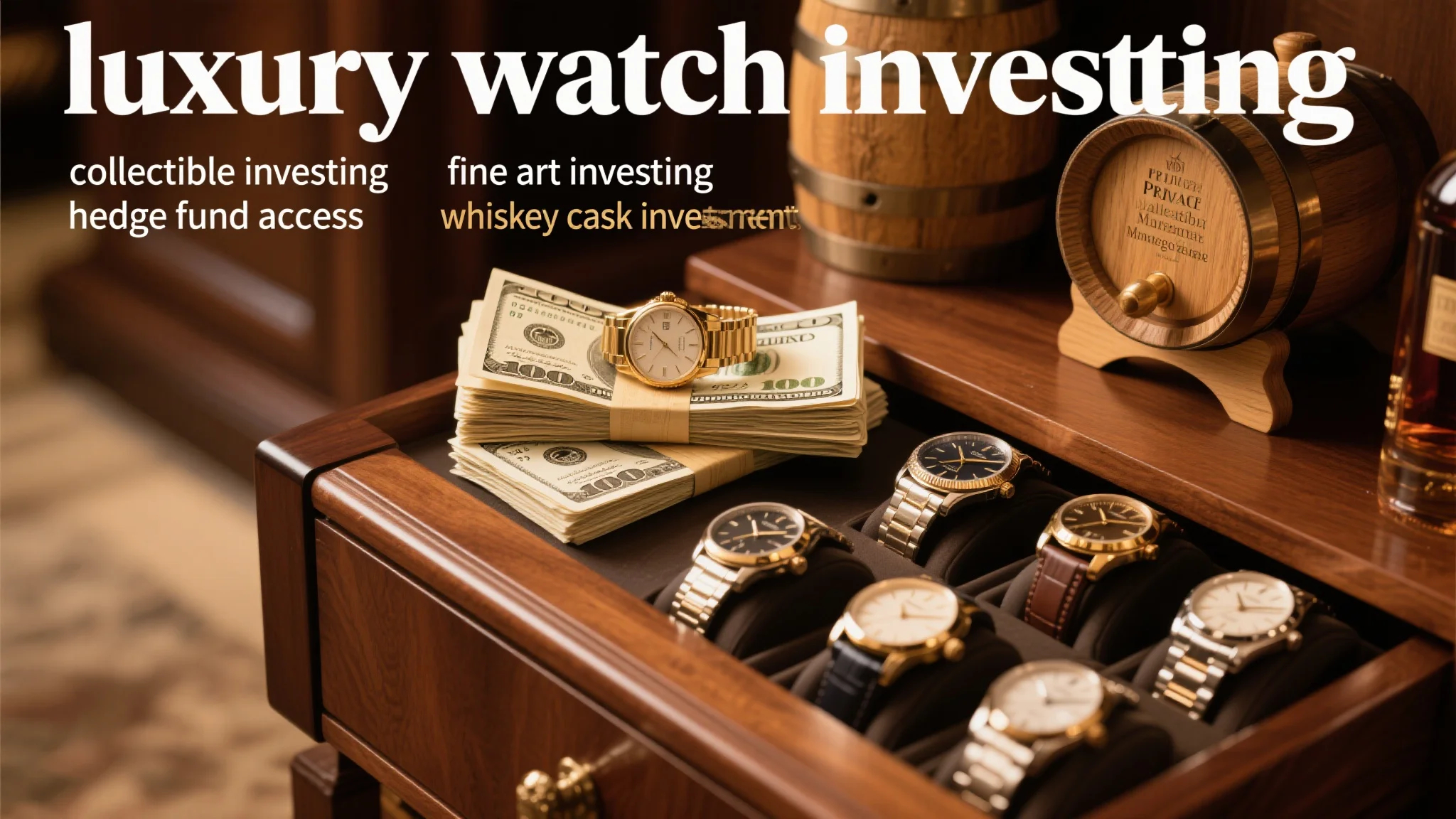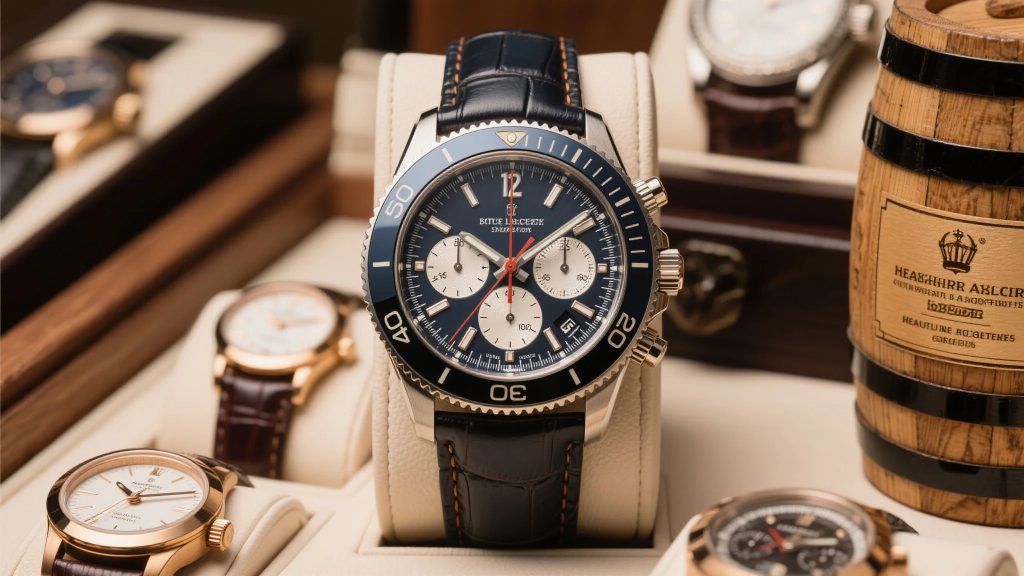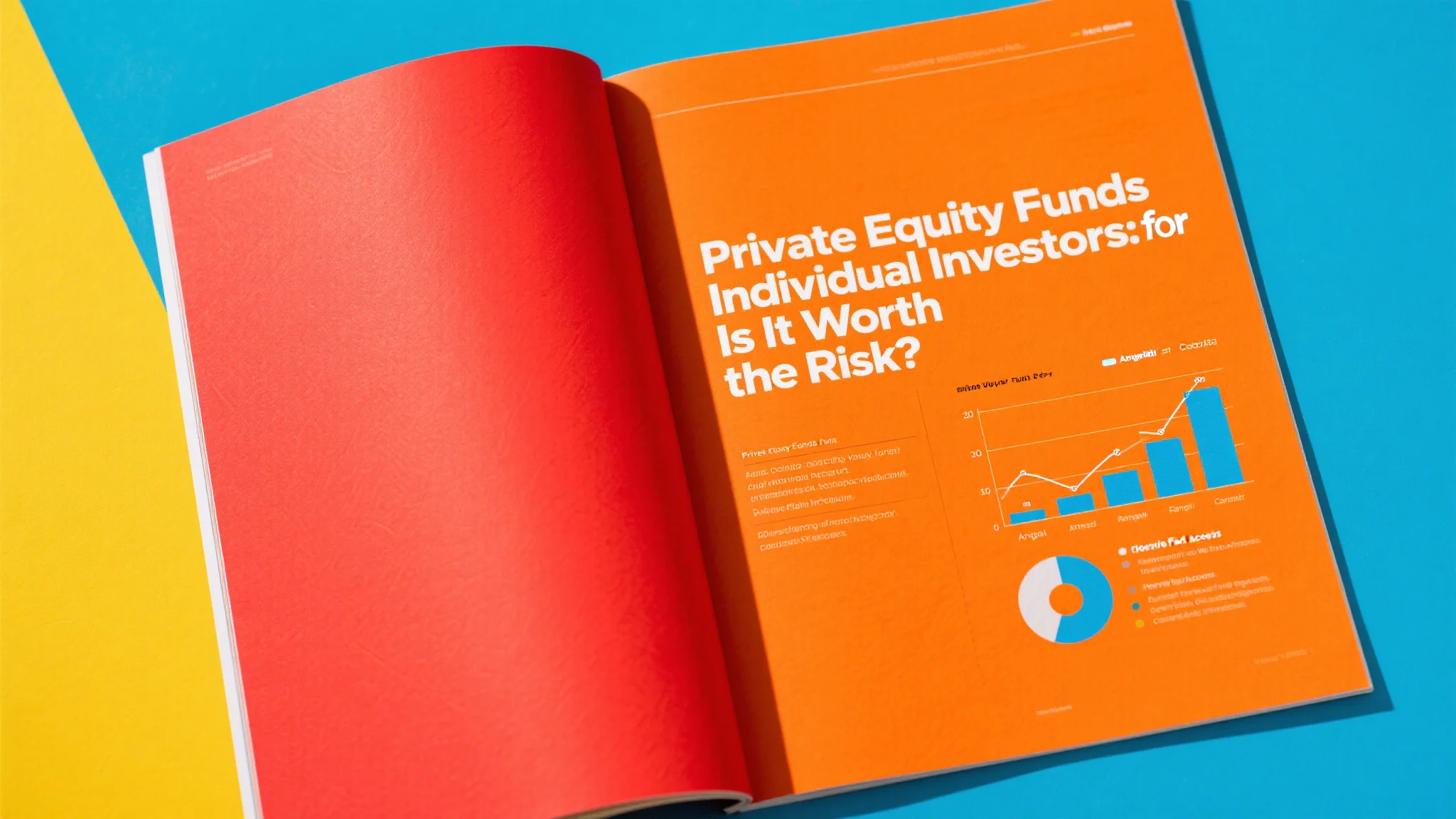
How Luxury Watches Became a Lucrative Wealth Strategy
The Evolution of Luxury Watch Investing
The world of luxury watch investing has transformed from a niche hobby to a recognized wealth preservation strategy. Iconic brands like Patek Philippe, Rolex, and Audemars Piguet have consistently outperformed traditional investments during market downturns. Unlike stocks or bonds, these mechanical marvels combine aesthetic appeal with horological significance, creating a unique value proposition.
Successful luxury watch investing requires understanding production numbers, historical context, and market trends. Limited edition pieces from established manufacturers tend to appreciate most steadily, while overly trendy designs may experience volatile pricing. Documentation and original accessories significantly impact resale value, making complete sets particularly desirable.
Collectible Investing Across Asset Classes
When comparing collectible investing opportunities, luxury watches offer distinct advantages over other categories. Unlike fine art which requires climate-controlled storage, or whiskey casks that need specialized facilities, high-end timepieces can be worn while appreciating in value. The global secondary market for premium watches boasts remarkable liquidity compared to many alternative assets.
The principles of collectible investing apply particularly well to watches – rarity, condition, and provenance drive valuations. However, watch collectors must also consider mechanical complexity and servicing history. Unlike static collectibles, mechanical watches require periodic maintenance to preserve both function and value.
Fine Art Investing vs. Horological Assets
While fine art investing and watch collecting both appeal to connoisseurs, they differ significantly in practical considerations. Fine art offers wall-space enjoyment but requires expensive insurance and conservation. Luxury watches provide portable wealth that can be enjoyed daily, with relatively modest storage and insurance costs.
One advantage of fine art investing is the established auction market with transparent pricing. The watch auction ecosystem has matured considerably in recent years, though certain segments remain less liquid. Both markets suffer from high transaction costs, typically 10-25% of hammer price at major auction houses.

Hedge Fund Access to Alternative Strategies
Wealthy investors gain hedge fund access to sophisticated watch market strategies unavailable to retail collectors. These may include arbitrage between global markets, short-term trading around new model releases, or complex options strategies on publicly traded watch companies. Some funds specialize in acquiring entire private collections at discount.
Obtaining proper hedge fund access requires meeting accreditation standards and minimum investment requirements. The most successful watch-focused hedge funds combine deep industry expertise with disciplined risk management. Investors should carefully evaluate performance history and strategy transparency before committing capital.
Whiskey Cask Investment Comparisons
Whiskey cask investment represents another tangible asset class with some similarities to luxury watches. Both benefit from limited production and aging processes that enhance value. However, whiskey casks offer no personal enjoyment during the holding period and require specialized storage facilities.
The appeal of whiskey cask investment lies in the finite nature of aged spirits – once bottled, that particular vintage can never be reproduced. Watch collections, by contrast, can be enjoyed immediately while potentially appreciating. Both asset classes require expert guidance to navigate their respective markets successfully.
Building a Balanced Luxury Asset Portfolio
The most successful investors combine luxury watch investing with selective collectible investing allocations. They may include fine art investing for aesthetic diversification while using hedge fund access for sophisticated strategies. Whiskey cask investment can provide commodity exposure.
This diversified approach helps manage risk across different luxury asset classes. Most financial advisors recommend keeping alternative allocations below 20% of total portfolio value, with watches representing a portion of this allocation. The portable nature of watches makes them particularly useful for international wealth preservation strategies.
Risk Management in Luxury Investments
While luxury watch investing offers portfolio diversification benefits, it carries unique risks including changing consumer tastes and counterfeit concerns. Investors should work with reputable dealers who provide proper authentication and provenance documentation. Insurance and secure storage arrangements are essential.
The specialized knowledge required makes professional guidance valuable when navigating luxury watch markets. Unlike traditional securities, these alternative assets require hands-on management and patience to realize their full potential as both enjoyable possessions and store of value.


